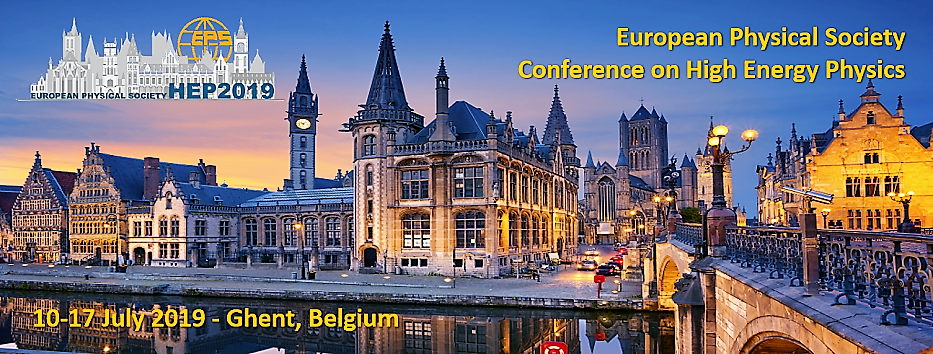Speaker
Description
The Mu2e experiment aims to measure the charged-lepton flavor violating (CLFV) neutrino-less conversion of a negative muon into an electron in the field of a nucleus. The coherent conversion process results in a monochromatic electron with an energy slightly below the muon rest mass (104.97 MeV). The goal of the experiment is to improve the previous measurement by four orders of magnitude and reach a single event sensitivity of $2.5 \times 10^{-17} $on the conversion rate with respect to the muon capture rate with a $5\sigma$ discovery level of $2\times 10^{-16}$.
Although the SM is very well tested in many regimes, it appears likely to be incomplete. In many of the Beyond the Standard Model (BSM) scenarios, rates for CLFV processes are within the reach of the next generation of experiments. In particular, if SUSY particles have masses and couplings within the discovery reach of the LHC, CLFV rates may well be observable. On the contrary, many CLFV searches have a sensitivity to new physics that exceeds the LHC reach bringing the reach of new mass scale up to $10^4$ TeV. In this contest indirect measurements of CLFV will be crucial evidence of new physics.
A possible secondary goal would be the search for a Lepton Number Violation process where the negatively charged muon converts into a positron, again without neutrinos.
Neutrinoless double beta decay (0$\nu \beta \beta$) has set the most stringent limit on this process: T$^{0\nu \beta \beta}_{1/2} > 1.07 \times 10^{26}$ yr at 90$\%$ CL for $^{136}$Xe but it is sensitive only to $ee$ LNV transitions.
The process where the stopping negative muon transitions to a positron in the field of a nucleus, $ \mu ^{-} +N(A,Z) \rightarrow $ e$^+ +N(A,Z-2)$, is an example of both CLFV and LNV. This process is important because some models have this type of process occurring at much higher rates than the $ee$ LNV process.
The experiment goal is obtained with a very intense pulsed negative muon beam sent to an Aluminum target for a total number of $10^{18}$ stopped muons in three years of running. The production and transport of the muons is achieved with a complicated and sophisticated magnetic systems composed of a production, a transport and a detector solenoid; last of these contains the aluminum stopping target followed by a straw-tube tracker and a crystal calorimeter. The entire detector region is surrounded by a Cosmic Ray Veto system.
Mu2e is under design and construction at the Muon Campus of Fermilab. In the current schedule, the experiment start is foreseen for 2023 followed by 3 years of data-taking.
